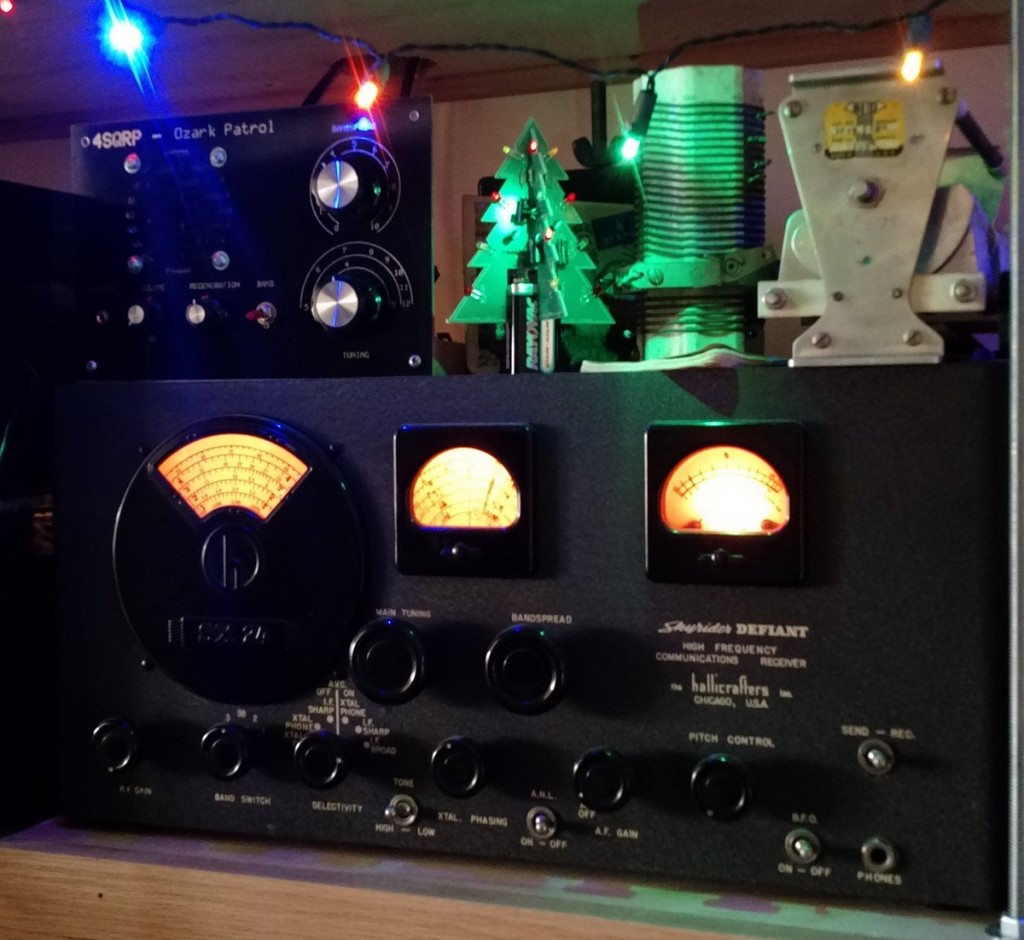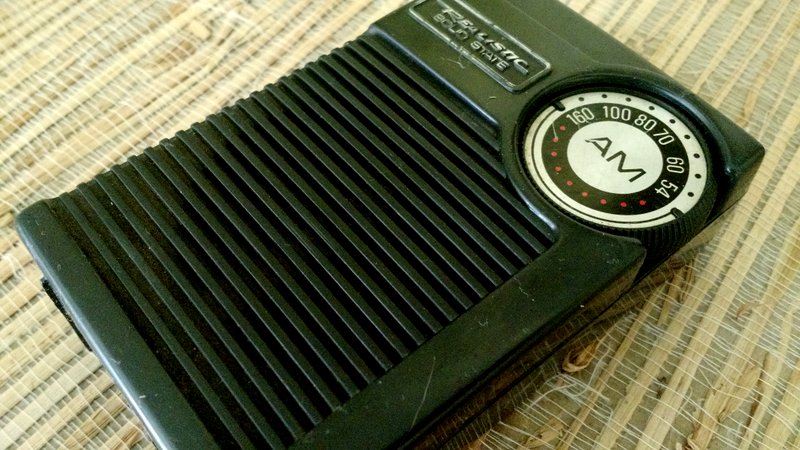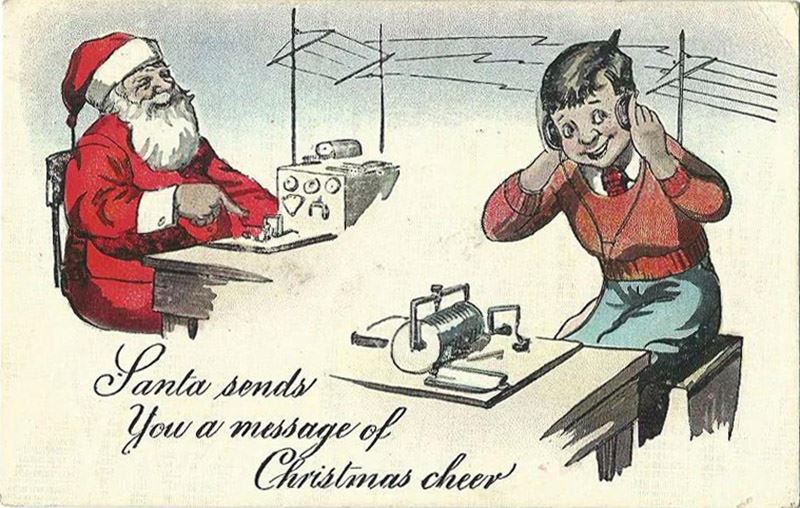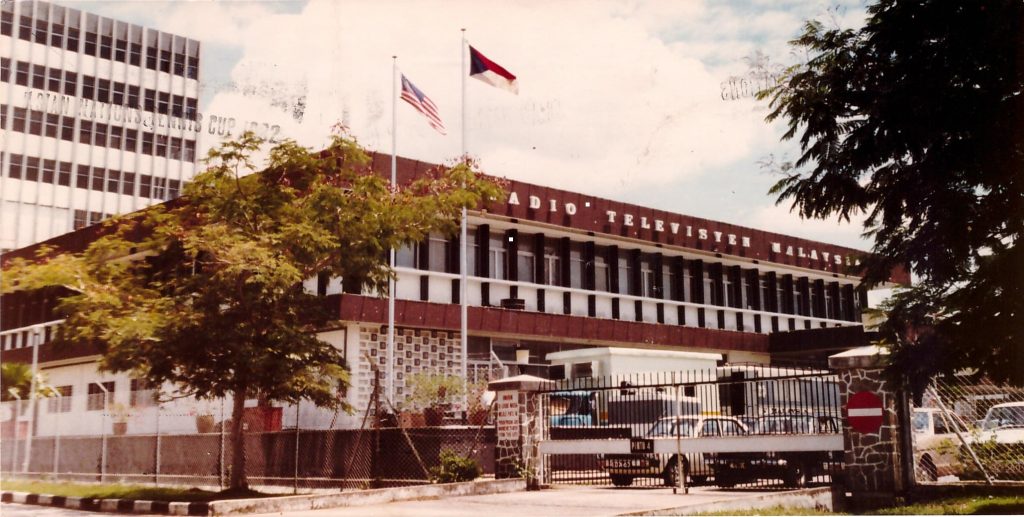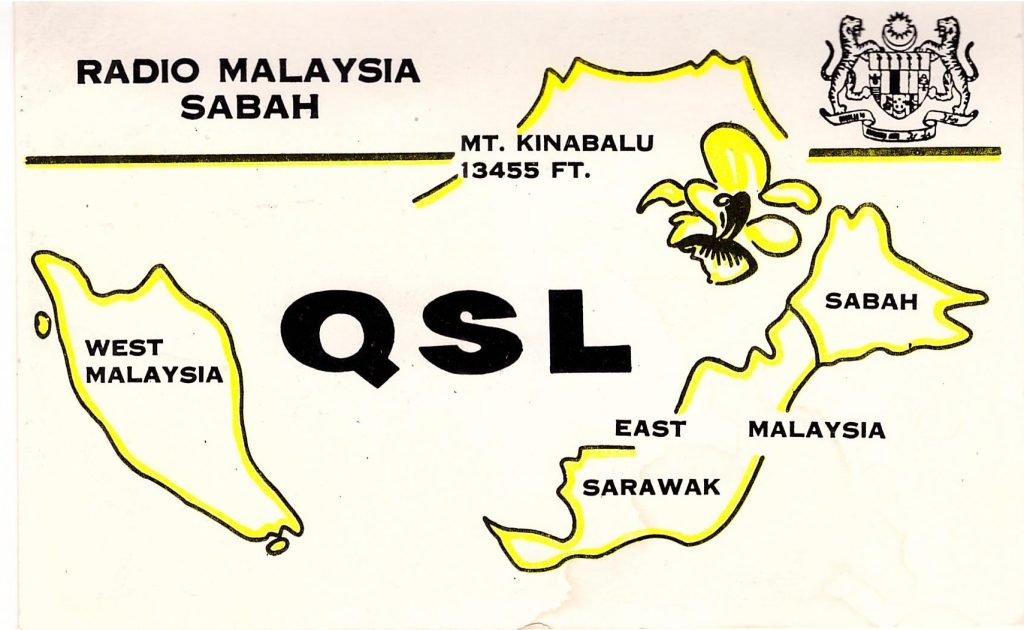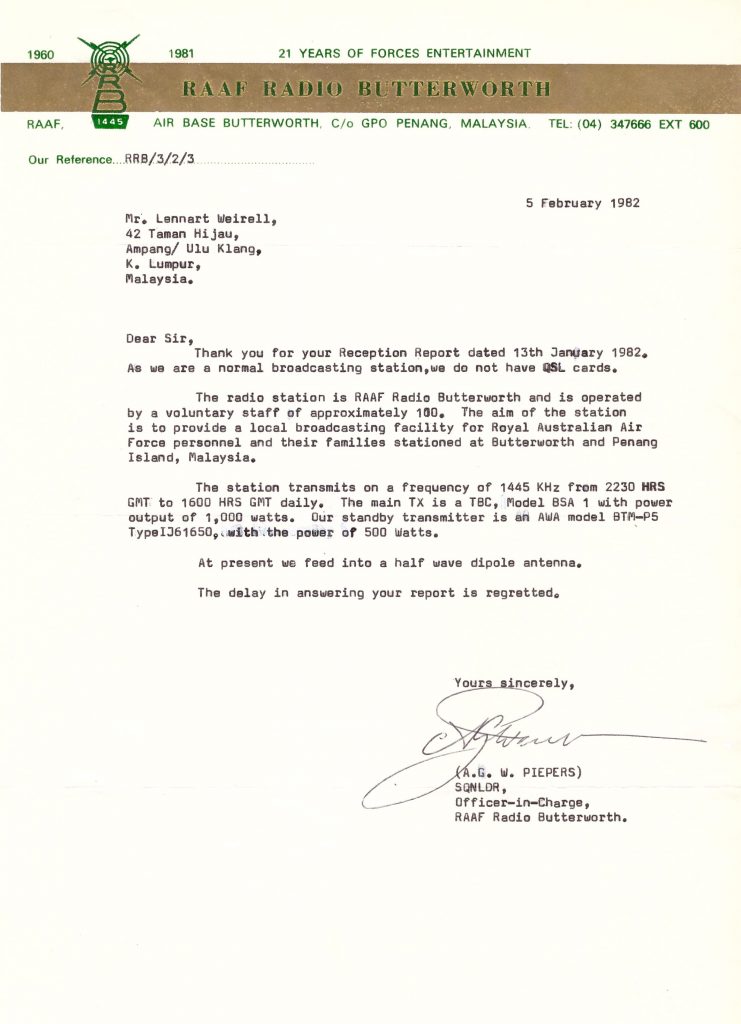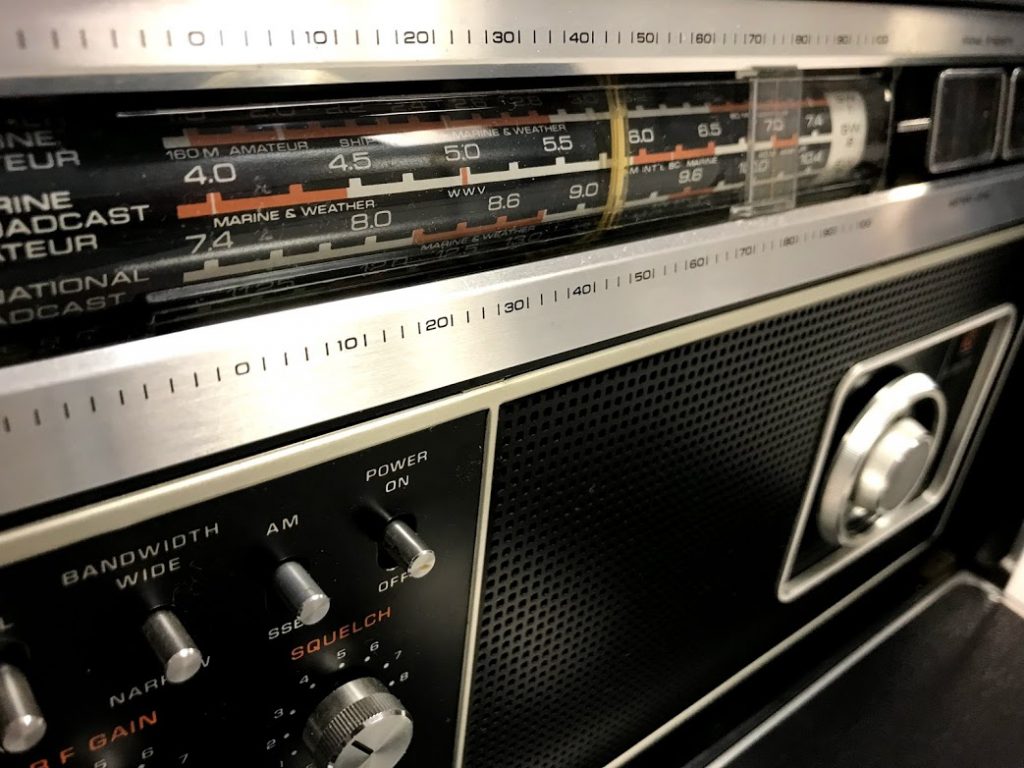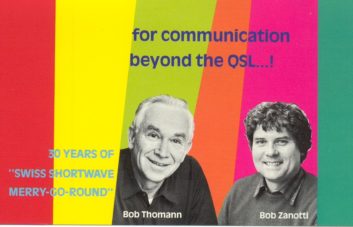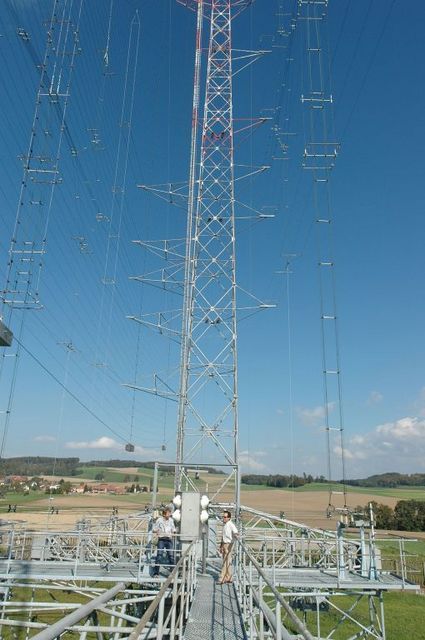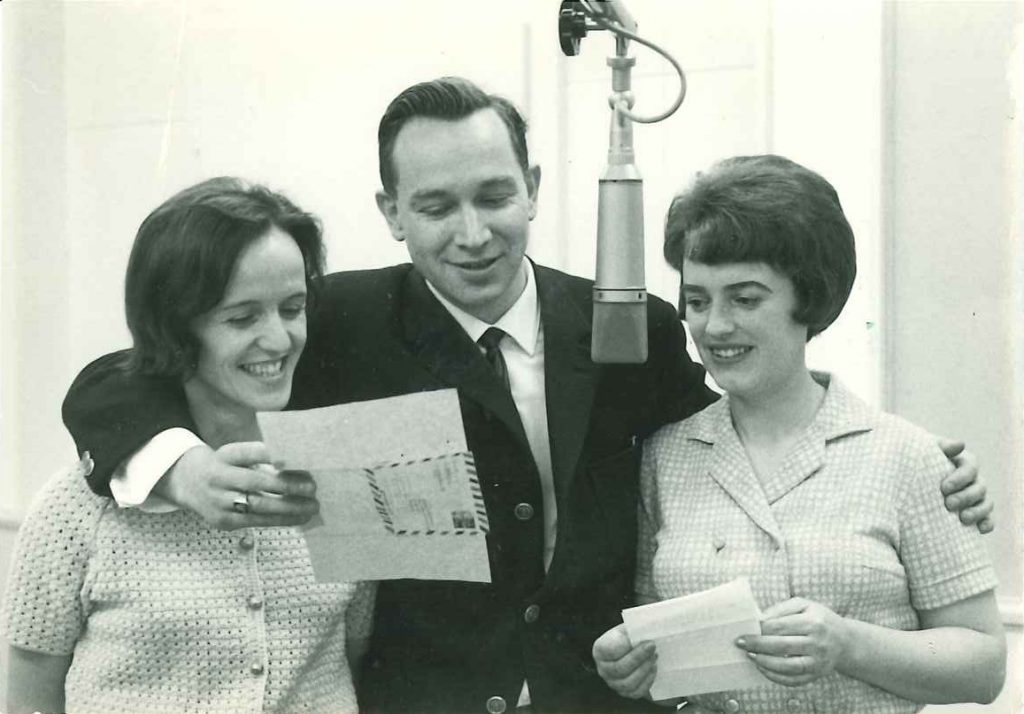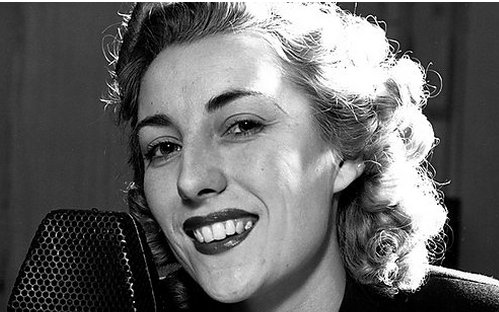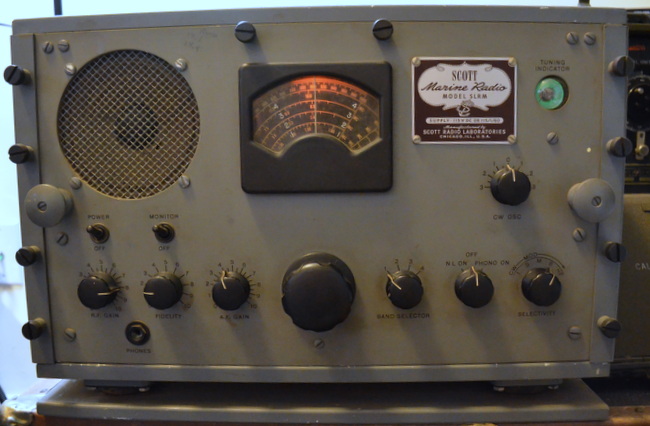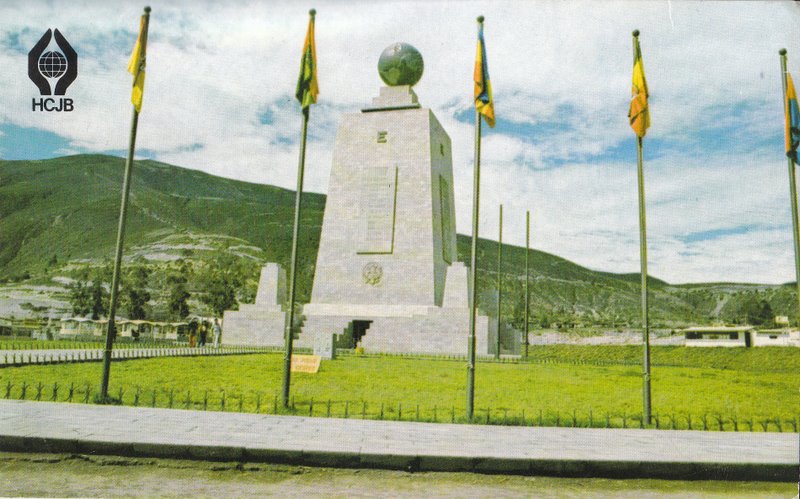[Mystery solved! Click here to read the update.]
Many thanks to SWLing Post contributor, Brian (W9IND), who writes:
I want to thank you for stirring a memory that I never thought I’d relive – even though it still doesn’t solve the mystery of what the heck I was listening to in the first place!
Back in the early 1970s, I was a teenage SWLer with a curiosity for the worldwide signals that emanated from the speaker of my shortwave radio. Bitten by the SWLing bug after stumbling across Radio Nederland’s Bonaire relay station, I spent many a happy hour twirling the dial in search of fresh game to hear and QSL.
But on one such occasion (I’m going to guess it was in 1971), I was surprised and fascinated by what sounded like a snake-charming horn playing notes at random. Stranger still, the transmission would seemingly go off the air for a couple of seconds and then return to play the strange melody again. I chalked it up to one of the countless beeps, hums and other electronic noises that often appeared on utility frequencies in those days.
I never recorded it, I never had a clue what it was, and I never heard it again.
Until recently. On the Shortwave Radio Audio Archive.
A couple of weeks ago, while looking for old shortwave interval signals from the 1970s, I saw a recording marked “Unidentified interval signal 1” listed right after the interval signals of Deutsche Welle and Radio Nederland.
“OK,” I thought. “Sounds like a challenge. Maybe I can even help figure out what it was.”
Then it played … and I almost fell off my chair! I literally sat with my mouth open as the long-lost sounds of the “snake-charming horn” played again. Could it indeed have been an interval signal – and if so, for what station?
I wanted to contact the person who recorded it, but then I learned the sad news that Mr. Greg Shoom is no longer with us.
So I remain mystified, probably forever. But it sure was fun hearing that weird recording again! Thanks for the memories.
Let’s see if an SWLing Post reader can help, Brian!
I know of at least a dozen readers who are experts on all that is interval signals, so hopefully someone can listen and ID this one.
I’ve embedded audio from this SRAA recording below. Note that the unidentified interval signal can be heard between time marks 1:27 – 2:07 in the following recording:
Can you positively ID this interval signal? If so, please comment!
Do you enjoy the SWLing Post?
Please consider supporting us via Patreon or our Coffee Fund!
Your support makes articles like this one possible. Thank you!




